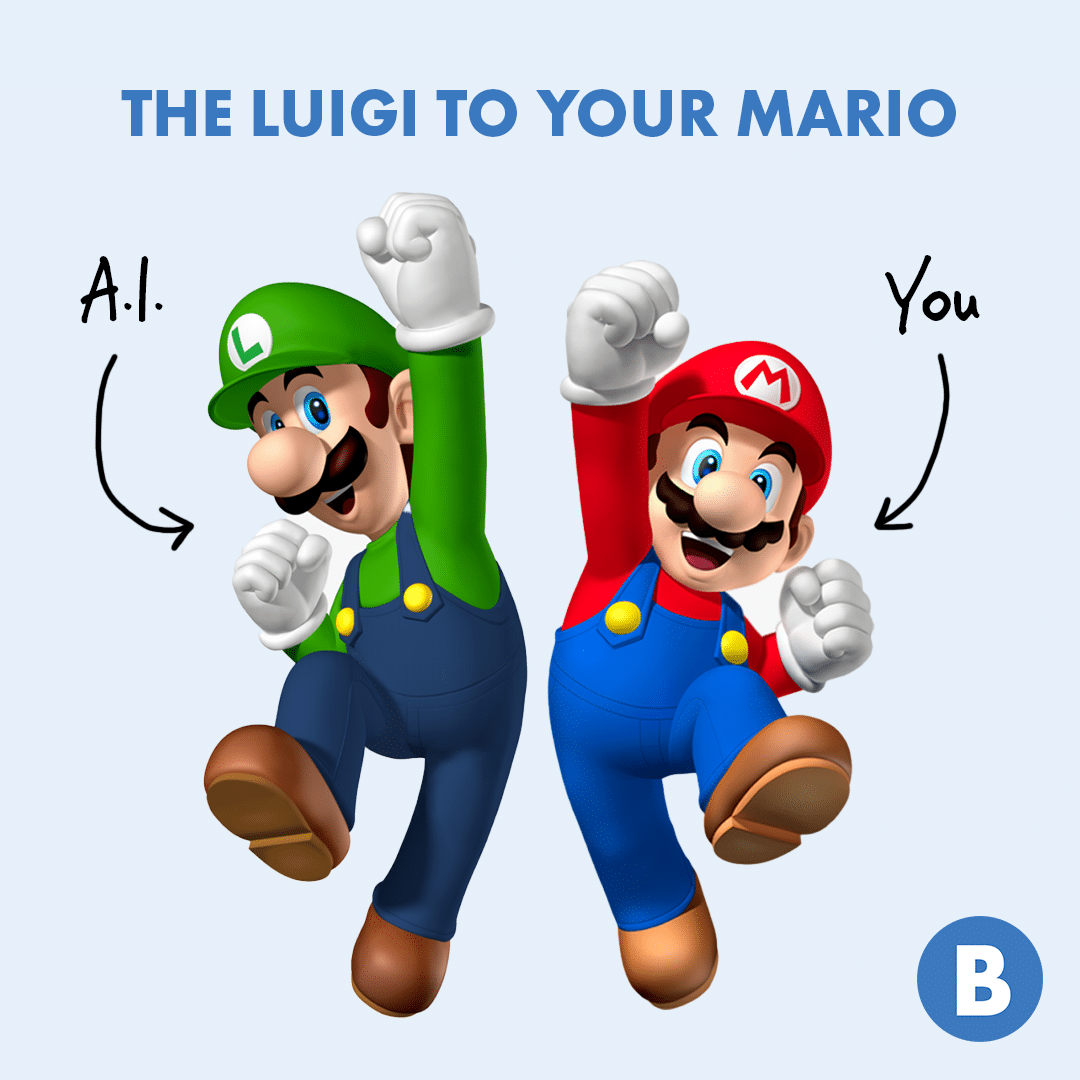If you haven’t heard, AI is kind of a big deal right now. Specifically, ChatGPT is an AI developed by OpenAI that can respond to any written prompt in an eerily human manner. And this has left some of our copywriters in a tizzy. Is the future bleak for any human writer? Are we unwillingly entering the matrix? So, we wanted to try an experiment.

Throughout this article, we will be switching between paragraphs written by one of our copywriters and paragraphs written by CHATGPT. Can you spot the difference?
(1) Move over Shakespeare, there’s a new scribe in town! AI copywriting is making waves in the world of content creation, bringing a fresh and exciting perspective to the art of writing. With its ability to analyze vast amounts of data and generate written content that is both compelling and relevant, this technology is ready to revolutionize the way we approach content creation.
(2) But wait! There’s a catch. Google recently released an update to its search algorithm, dubbed the ‘Helpful Content Update’ (HCU), that rewards genuinely valuable content while penalizing copy created to optimize clicks. And unfortunately for the robot copywriters out there, the HCU appears to judge AI-written content as ‘unhelpful.’
(3) So what is the future of AI advertising? Will it eventually overtake our more organic authors or will it be roadblocked by search algorithms aiming to persecute our technological brethren? That question, as you’ll soon find out, is not so easily answered.
(4) It’s safe to say that AI will continue to play a significant role in the world of advertising and content creation. With its ability to analyze data, generate personalized content, and work at lightning speed, it’s no wonder that brands are eager to tap into its potential. Microsoft even recently bought ChatGPT to be used with Bing and offer more natural answers to questions. But the truth is, AI is just a tool. It’s only as good as the humans that program it and the data it’s fed.

(5) For example, ChatGPT struggles with idioms, expressions, and creativity. When asked to create a lyric in the style of Eminem, ChatGPT will respond with,
“I’m the real Slim Shady, standing tall and unafraid
got the whole world talking, they just can’t help but rave
I spit truth and bring justice, to the ones that need it most
My rhymes are like a bullet, they’re always on point and boast”
(6) While a valiant attempt to replicate the style of Mr. Mathers, there is an apparent lack of inspiration in this verse. There is no structure outside of the basic rhyme scheme and no message beyond Eminem being a rapper. In essence, there is no point because ChatGPT has no point to express outside of making a verse written by Eminem. More parameters can be added to offer specificity — we can ask for a rap by Eminem about watermelons — but ChatGPT in its current state will always lack that missing ingredient of originality that makes any piece sing.
(7) This problem goes hand in hand with the other major gap in AI creativity – a lack of insight. While ChatGPT can offer you facts and figures, it cannot formulate its own concepts and ideas outside the narrow confines of its prompt. It is a constant game of 20 questions where you have to present the parameter and hope the AI will respond appropriately. It will never expand on an idea, offer further detail, and inspire. And though many people may begin reading an article for a quick answer, they continue to read only if they gain further insight.
(8) So as AI copywriting continues to evolve, it’s clear that it has both strengths and limitations. While AI can analyze vast amounts of data and generate written content at lightning speed, it still struggles with creativity and lacks the human touch. However, instead of viewing AI as a competitor, we should see it as a valuable tool and partner for human copywriters.
(9) In fact, studies have shown that a combination of human and AI copywriting can be incredibly effective. According to a report by Forbes, a large technology company saw a 68% increase in engagement when using AI-generated content alongside content created by humans. And with the rise of personalized marketing, AI can help tailor content to specific audiences in a way that humans simply can’t.




(10) And it’s important to remember that AI is just a tool, like a paintbrush or a hammer. While it may not be able to paint the Mona Lisa or build a skyscraper on its own, it can certainly make the job a lot easier for the human artists and architects who use it. Think of AI as the Robin to your Batman, the Samwise Gamgee to your Frodo Baggins, or the Luigi to your Mario. It may not be the star of the show, but it plays a vital supporting role.
(11) So, though the pen is currently mightier than the sword, the computer still has a ways to go before it will be beating any modern-day copywriters. And even when that brave new copywriting world comes about, humans will still (probably) be a vital piece of the advertising puzzle. So, relax and enjoy your human-produced advertisements, blogs, and headlines. Our machine overlords won’t be taking over anytime soon.
And if you were wondering who wrote what in this article, ChatGPT wrote Paragraphs 1, 4, 8, 9, and 10. Our copywriter wrote paragraphs 2, 3, 5, 6, 7, & 11. Leave a comment and let us know if you pulled a John Henry and beat the machine or if you failed to pass this Turing test!
